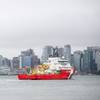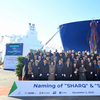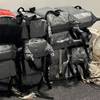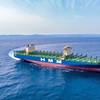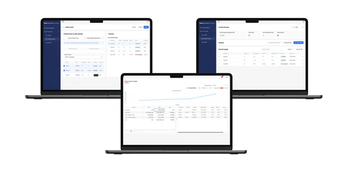One of the most common areas of bulk oil cargo claims is cargo contamination which occurs during the transfer of bulk liquid cargoes, says Captain Paul D. Hall, Director, London Offshore Consultants, IUMI Professional Partner, LOC Group.
Cargo contamination can be of either ship or shore origin. To minimise shipboard risk, all pipelines, valves, pumps and tanks should be properly cleaned and drained ready to load the next cargo.
The manifolds must be clearly labelled and the minimum amounts of ship’s pipelines used onboard with the appropriate two valve segregation to non-compatible grades.
Shoreside contamination could occur as a result of incorrect hose/chicksan connection and manifold line ups, wrong grade/shore tanks used, different grade cargo remains in the shore lines, incorrect shore pipeline line setups, shore tank cleanliness, line plugs where a shore pipeline is filled with a different grade and used to push the existing cargo onboard, valve failure or incorrect segregation.
The contaminant may be water, another grade of cargo, a chemical additive, or solid matter; it means a loss of value and/or rejection of the cargo.
To protect the ship against contamination claims, initial samples must be taken at the manifold as soon as loading starts and during loading whenever there is a known change to the shore tank in use.
No initial manifold samples should be emptied, or sample bottle flushed/emptied if the contents appear to show anything unexpected.
Several samples should be drawn and all should be kept in a secure location onboard in accordance with the company procedure.
If foot samples are required, i.e. cargo samples drawn from the cargo tank by an independent cargo surveyor after an agreed quantity has been loaded, usually to check loading lines and the tank have been cleaned and are fit to carry the cargo. These are sent ashore for testing and no further cargo is loaded until the foot samples have passed.
Above all else, the ship should establish clear, concise cargo operating procedures for tank preparation, loading and discharge and record all operations in a cargo log book.



